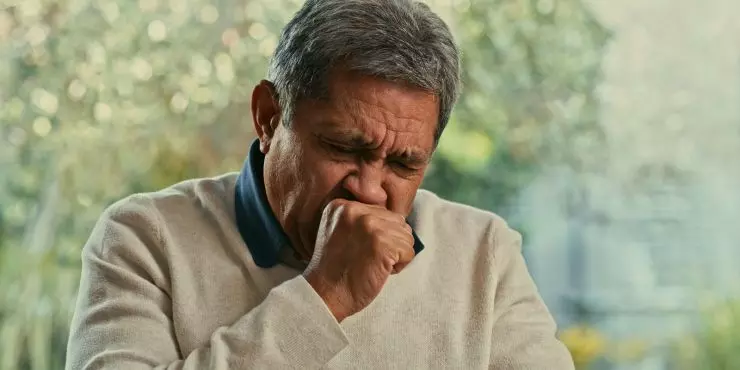
COPD, or chronic obstructive pulmonary disease, “is a common, preventable, and treatable disease that is characterized by persistent respiratory symptoms and airflow limitation that is due to airway and/or alveolar [air sac] abnormalities usually caused by significant exposure to noxious particles or gases…” according to the World Health Organization (WHO).
More simply put, COPD is a disease, most often caused by long-term smoking or workplace exposure, that causes airflow blockage and breathing-related problems.
There are two basic types of COPD which include:
- Chronic bronchitis – a long-term cough with mucous
- Emphysema – damage to the lungs
It is quite common to experience both types of COPD, and each will vary in severity.
Causes of COPD
Most often, COPD is caused by smoking and inhaling irritating chemicals. Research has shown that persons with COPD are at increased risk of heart disease, lung cancer, and a number of other conditions. Again, smoking being the leading cause of COPD is shown to cause many fatal diseases. Because of this, we strongly recommend quitting smoking today.
Symptoms
- Shortness of breath, especially during physical activities
- Wheezing
- Chest tightness
- A chronic cough
- Increased mucus (sputum) that may be clear, white, yellow, or greenish
- Frequent respiratory infections
- Lack of energy
- Unintended weight loss (in later stages)
- Swelling in ankles, feet, or legs
- Blueness in the lips or fingernail beds
If you are experiencing symptoms, get checked as soon as possible. Waiting until symptoms become severe decreases the probability of successful treatment.
Treatment Options
First, if you are a smoker, you need to quit. This is the most important step in treatment because it helps slow the progression and worsening of the disease. Symptoms can not often be reduced or eliminated until a person stops smoking. Similarly, if your COPD has been caused by inhaling other chemicals or fumes, you should remove yourself from exposure to these.
In addition, other treatment options may be considered, including:
- Medication
- Inhalers
- Pulmonary rehabilitation – a personalized treatment program that helps you learn how to manage the disease. Plans may include learning to breathe better, how to conserve your energy, and what types of food and exercise are right for you.
- Prevention and treatment of lung infections (i.e., getting the pneumonia vaccine)
- Increase muscular strength via electrical stimulation
- Supplemental oxygen
- Non-invasive ventilation – used in severe cases (i.e., CPAP or BiPAP)
- Surgery – appropriate for only a small percentage of COPD patients
Quit Smoking Today
Whether you are experiencing health issues or not, today is the day to stop smoking. Make your life and health a priority, and stop. There are several aids and medications that your doctor can prescribe to help you stop smoking. Ask your family doctor today.
Smoking has been proven to directly cause or worsen:
- Cancer
- Heart disease
- Stroke
- Lung diseases
- Diabetes
- COPD
- Increased risk of tuberculosis
- Certain eye diseases
- Decreased immune system
- Rheumatoid arthritis
There is nothing beneficial about smoking. Any amount of smoking will ultimately lead to life-threatening diseases. Want to learn more or get online support with quitting? Visit smokefree.gov.
Vaping
Is vaping better than smoking? The short answer is we don’t know. Vaping does expose you to fewer toxic chemicals than traditional cigarette smoking. However, many studies have linked vaping to heart and chronic lung disease. When you inhale vaping mist, it goes down deep into the lungs and coats the tiny air sacs where oxygen and carbon dioxide are exchanged. If the air sacs are coated, then the exchange of oxygen and carbon dioxide doesn’t work well. Over time, this can cause permanent damage to your lungs, making COPD worse.
Visit https://smokefree.gov/ and search “vaping” for more information on the dangers of vaping and how to quit.